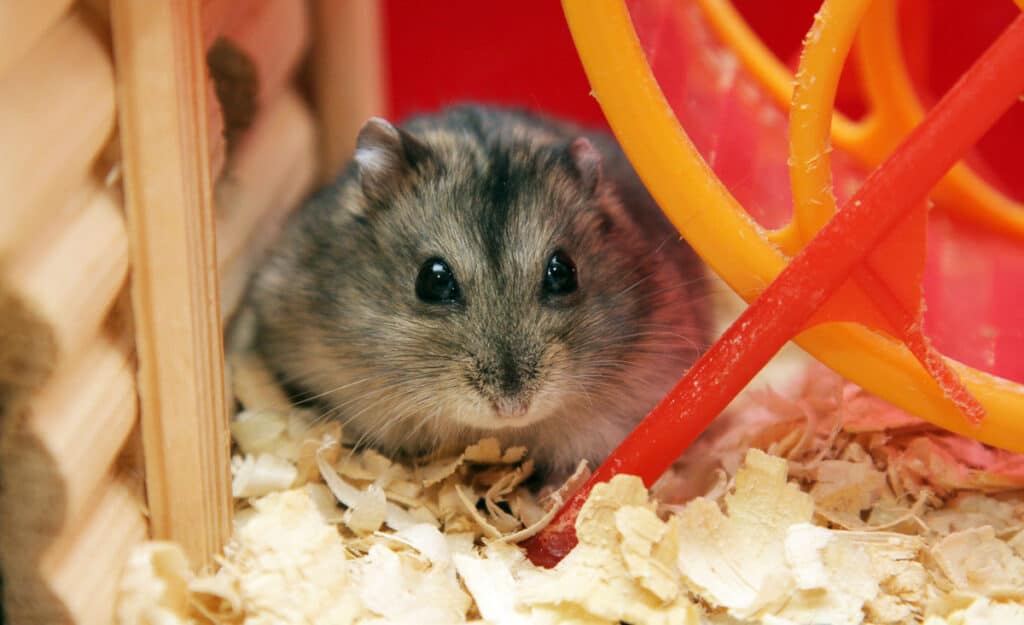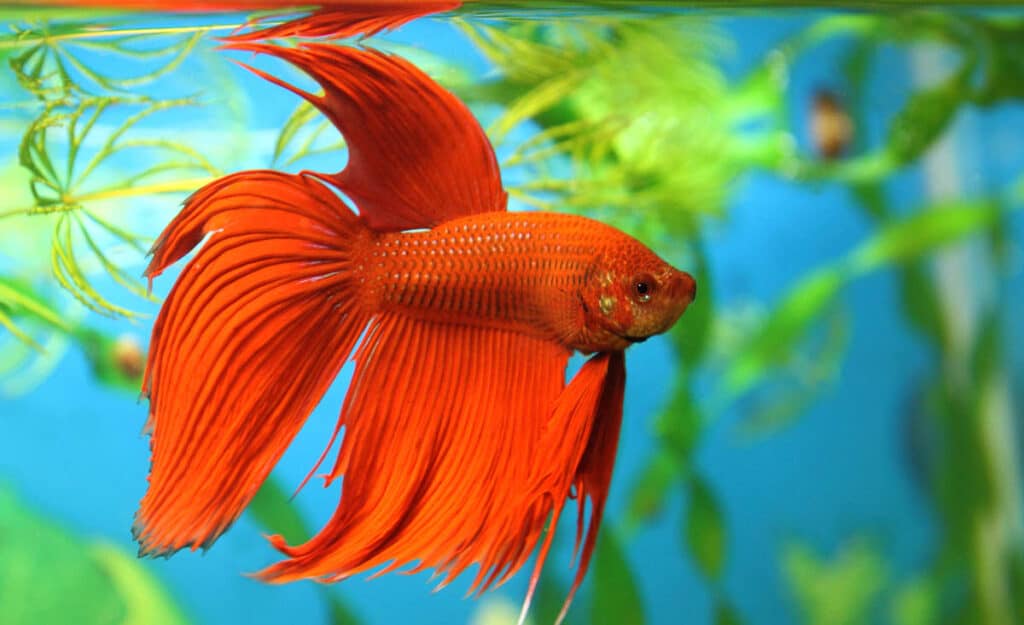Most of us love the idea of having a furry friend to cuddle up with at night. But let’s be honest. Not everyone has the time, energy, or resources for a dog or cat. Luckily you can still experience the joy of pet ownership with a carefully selected low-maintenance pet.

Unlike a dog, a low-maintenance pet is perfect for first-time pet owners, busy families, or anyone with limited space. And easy-to-care-for creatures come in all shapes and sizes.
But you have to choose the right pet for your circumstances. According to Katie Grace, an experienced zookeeper with extensive animal care experience and the owner of the blog Chinchilla Corner. She says, “If you get the wrong pet you will end up with an unhappy animal and a frustrated owner. Set yourself up for success and a happy critter.”
Benefits of low-maintenance pets
Here are a few of the many benefits of low-maintenance pets.
Lower time commitment
A reduced time commitment is one of the primary advantages. For busy individuals with a tight schedule a low-maintenance pet is perfect. But remember that any pet will require some of your time and attention. So, while they won’t take up all your free time, they still need your love and care.
Reduced costs
Pets can cost some serious money. There are startup costs for equipment, along with regular food expenses. And if your pet needs to visit the vet, the bills can really add up. A lower-maintenance pet will require fewer supplies, smaller living spaces, and hopefully fewer vet visits. This can result in considerable savings over time.
Less space required
Low-maintenance pets don’t need a ton of room to roam. Many will live in an aquarium, cage, or small tank, so you can fit them into your life. This makes them ideal for apartments or smaller homes.
Beginner-friendliness
A low-maintenance pet is less stressful if you are a first-time pet owner. They have more uncomplicated care routines, providing an excellent opportunity to learn the basics of pet care.
Best low-maintenance pets
Here are some of the top contenders to consider when you are looking to welcome a low-maintenance pet into your life.
Fish
Fish can be a great option, especially betta fish or guppies. They only need a little space and require infrequent water changes. All you need is a big enough tank with the proper water temperature and some filtration, and your fish will thrive. Plus, watching them swim around can be calming and relaxing.

Reptiles
Leopard geckos are an excellent choice for beginner reptile enthusiasts. They’re super easy to take care of and require minimal effort. Grace is a proponent of leopard geckos for first-time pet owners. She says, “They are more visible than other gecko species and they come in fun colors and morphs. Plus they are irresistible with their big eyes.”
All you need is a 15- to 20-gallon tank and a heat lamp, and they are content. But, and this is a big but, their diet consists of insects. Grace says, “As long as you are willing to feed them bugs they are a great choice.” So if you aren’t comfortable buying and feeding them crickets or mealworms, find another pet.
Small mammals
If you want a small mammal, a hamster is the best choice.
“They need food, water, some wood to chew on and their shavings changed every once and a while. Give them enough space to run around and play in various tunnels and a wheel for them to run on and you are set.”
— Katie Grace, Chinchilla Corner
They are also adorable; watching them play and run around their habitats is amusing. You’ll find these cuddly pets easy to care for.
Invertebrates
Invertebrates, such as hermit crabs and snails, make simple, low-maintenance pets. Both live in tanks that require infrequent cleanings. They are easy to feed, won’t need to visit the vet, and neither will require any out-of-cage playtime.
Birds
While some birds take a lot of attention, a few species, like budgies and finches, are low maintenance. These small birds require less interaction and entertain themselves with toys in their cage. These aren’t the cheapest pets, but they are worth considering.
Frequently suggested pets that aren’t really low maintenance
Don’t be fooled. Some pets considered low-maintenance will require more attention than you realize.
Goldfish
While goldfish seem like easy fish to care for, they’re not. They’re messy fish, so you have to clean their tank frequently. And they need a lot more room than a simple goldfish bowl since they can grow up to 10 inches long.
Tortoises and turtles
Tortoises need lots of space and have a more complicated diet than many reptiles. They also grow very large and have 80- to 150-year long life spans. So if you get a tortoise, expect to own it for the rest of your life. Turtles, while slightly lower maintenance than tortoises, also have very long lifespans.
Chinchillas, guinea pigs and rabbits
These are cute and cuddly rodents, but they need frequent exercise and regular out-of-the-cage time, to prevent chinchilla, rabbit, or guinea pig boredom. Grace explains, “Their clean up takes a while and needs to be done often. They also all need supervised out-of-cage play time frequently to get enough exercise and mental stimulation, which is a huge time commitment.”

Other considerations for long-term success
When choosing a low-maintenance pet, make sure your lifestyle meshes with your pet choice so you can have a successful, long-term relationship.
- Think about the space available, any noise restrictions, and whether or not your landlord even allows pets. Leopard geckos, hamsters, and fish are excellent choices for smaller spaces.
- Do you have kids or other pets in your house? Some animals are more compatible with kids and pets. Even the friendliest dog could scare a hamster, making something else a better choice for these households.
- Consider a pet’s expected lifespan. A well-cared for hermit crab will live for up to 15 years. On the other hand, a betta fish has an average lifespan of two to five years. Make sure you’re prepared to commit to caring for your pet throughout its entire life.
- Do your research. Learn about the best way to care for your chosen pet. Get advice from experts or pet communities where you can learn from others.
- Finally, plan for travel and absences. Even the most low-maintenance pet requires regular care, so make a plan. Find a pet sitter, boarding facility, or a trusted friend who can care for your pet when you are away.
With some research and careful consideration, you can find the perfect low-maintenance pet that will bring joy and love into your life.
Anne Jolly is the creator of the food blog Upstate Ramblings. She loves to cook with gadgets like an air fryer, sous vide or pressure cooker. In her free time she enjoys hiking, reading, knitting and spending time with her three kids.